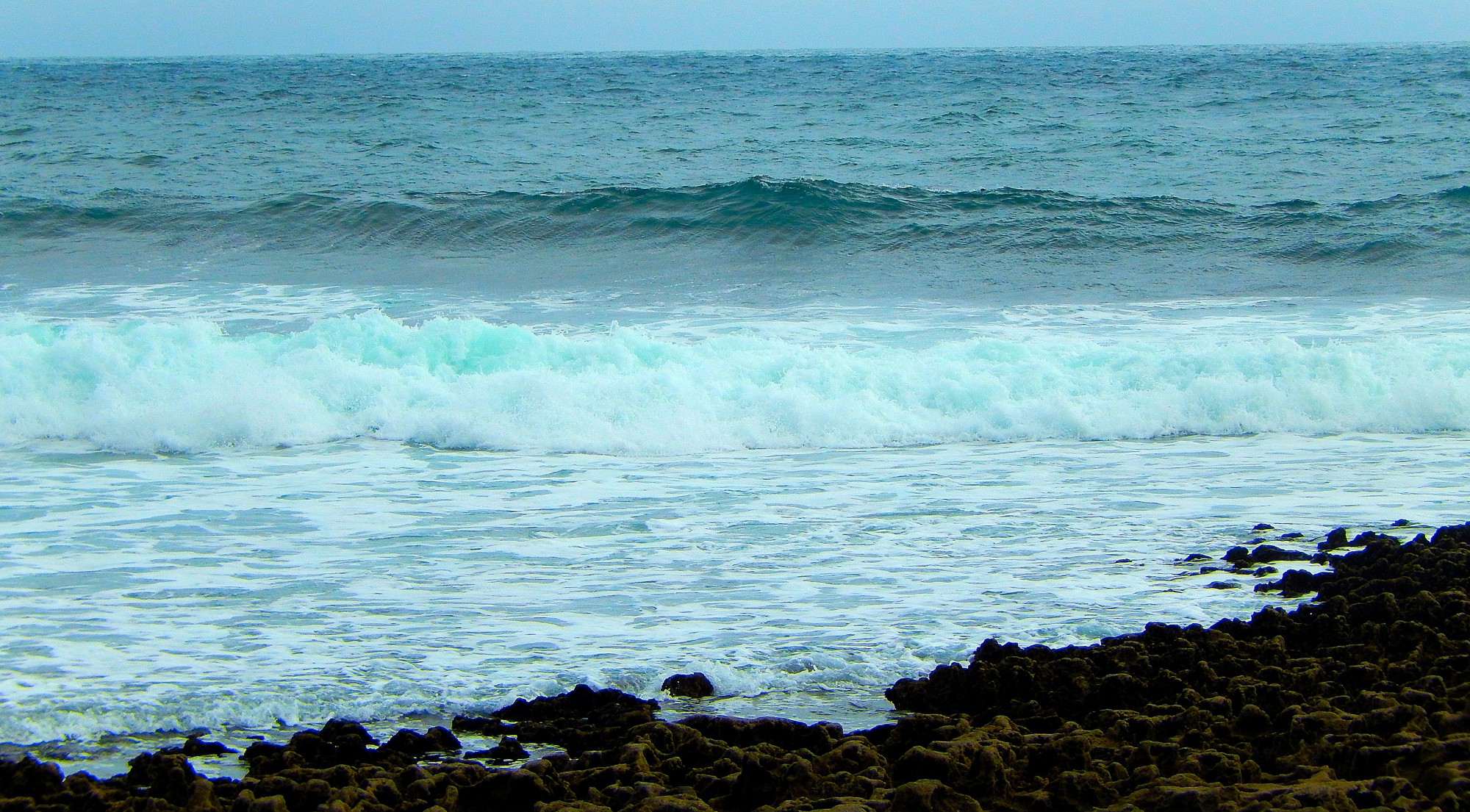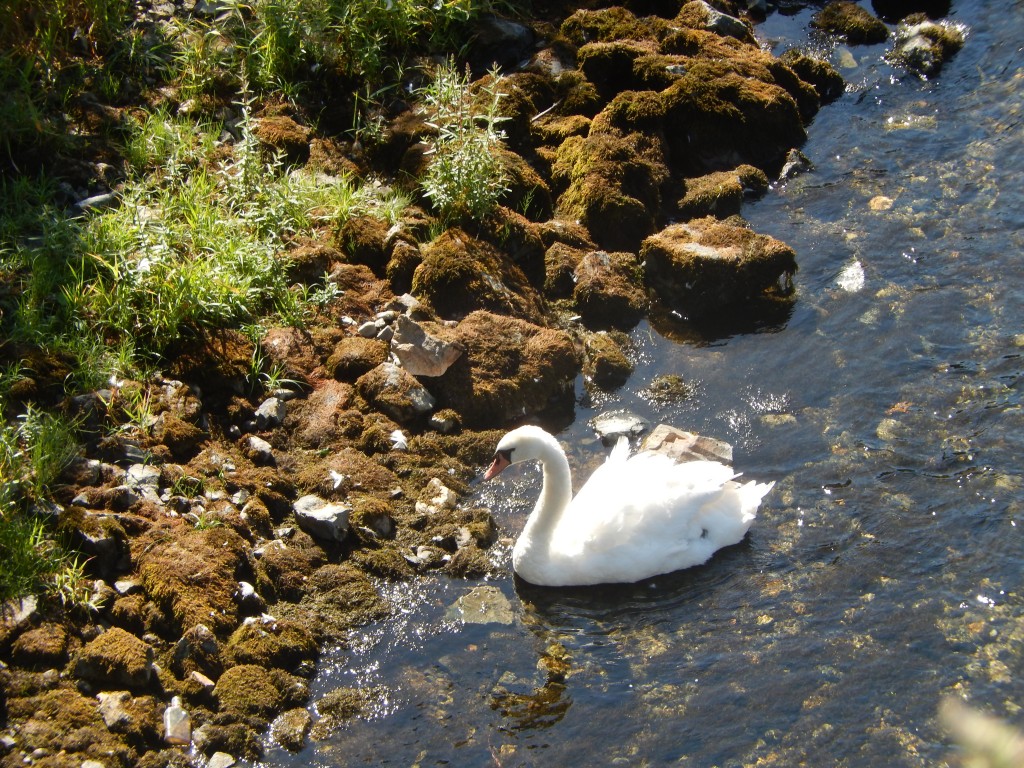TCM (travel cost model) and CV (contingent valuation) are the methods most common employed to estimate the value of recreations, particularly for recreational fishing and sea angling; however, a third method, RUM (random utility model) has also been used for recreational valuation. Among the studies reviewed, RUM was the preferred model when the goal of the study was to distinguish angler preferences (both in terms of fish species and site choice), to predict how decisions regarding resource management, and to establish a willingness to pay for said resources.
The two studies included in my literature review that use RUM to value recreational fishing are Assessing the Value of Recreational Sea Angling in South West England (Lawrence, 2005) and Economic Valuation of Recreational Fishing in Western Australia (Raguragavan et al., 2009). Both papers designed choice experiments (CE) where the survey “concentrates respondents’ minds on the trade-offs between different attributes of the angling experience” (Lawrence, 2005: 369). Some of the attributes compared include: the number of fish caught, fish size, species preference, water quality and aesthetic appeal, presence vs. absence of a bag limit, and travel cost- site fees, parking, and bait.
Raguragavan found that fish caught solely for sport for worth a great deal more than fish primarily caught for consumption and that travel cost, catch rates, and coastal length are all statistically significant influences on fishing choice site. Raguragavan et al.’s study (2009) didn’t really unveil anything revelatory. I feel that there choice experiment was too limited, which seriously limited the magnitude and scope of their results.
Lawrence (2005) on the other hand, designed a complex CE that revealed quite a bit about angler preferences in SW England. Lawrence (2005) found that most anglers target a specific species and are willing to pay much more to increase the size and catch rate for their favored species. Lawrence found that Bass and Cod are the preferred species (in SW Englad); anglers are willing to pay 8.46 and 6.35, respectively to increase the number of fish caught by 50%. Lawrence also highlighted species where catch rate becomes pertinent and where the desired catch rate is not currently being met. Currently, the stocks of bass and cod are currently too low and anglers are dissastisfied with their catch rate. Accordingly, Lawrence (2005) suggests that management plans should focus their efforts on increasing bass and cod stocks. Interestingly enough, Lawrence also determined that overall environmental quality only marginally influences site choice, and that anglers do not care how an increase in stocks is achieved (be it a bag/ rod limit, etc.) as long as the amelioration is perceivable.
On the other end of the spectrum, Lawrence also identified determined that mackerel has a willingness to pay of -.61. This negative willingness to pay is both comical and reasonable seeing as my supervisor told me that mackerel are so plentiful in Ireland that little children will wade in the water with plastic bags and scoop up 5+ mackerel with little to no effort. (And due Ireland’s geographic proximity to England, I would bet there are little English children doing the same).
In sum, the random utility model can be very useful for recreational valuation. The results highlight key aspects of the angling experience that are preferred, need improvement, and are in danger. A properly designed RUM model can identify priority management and policy recommendations. The only downside of the RUM model is due the complexity of creating the choice experiment. However, a well-designed CE can result in compelling and insightful results. Another arguable downside is that a RUM model has to be determined prior to beginning research, so one has to choose between collecting data for contingent valuation/ travel cost or RUM. Since our data was collected by Inland Fisheries Ireland, there is no potential for a RUM study in the near future.



